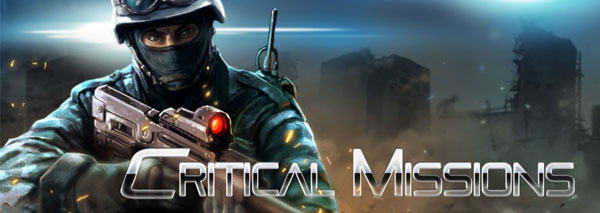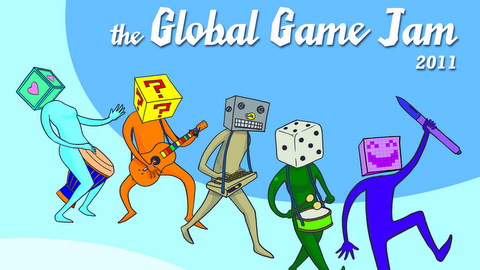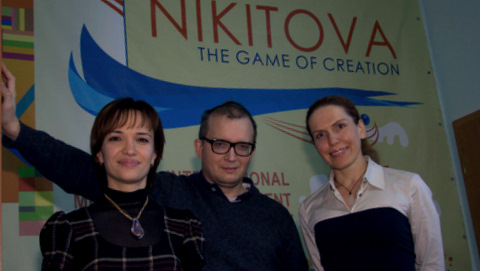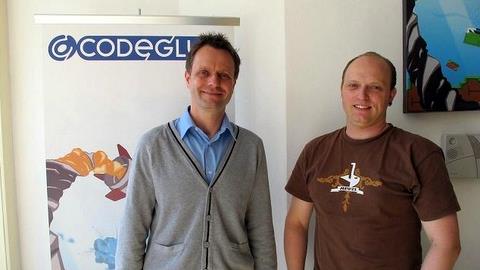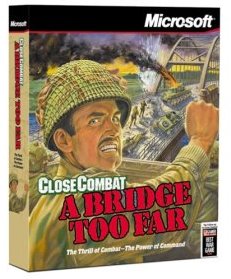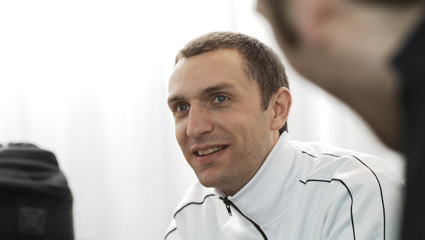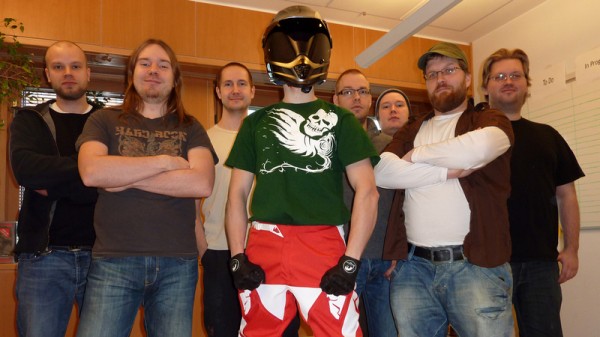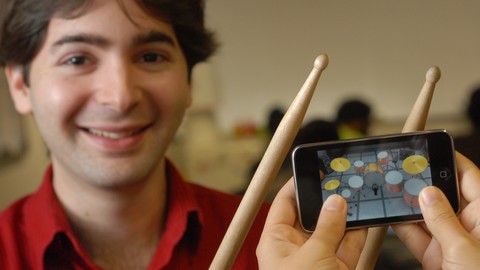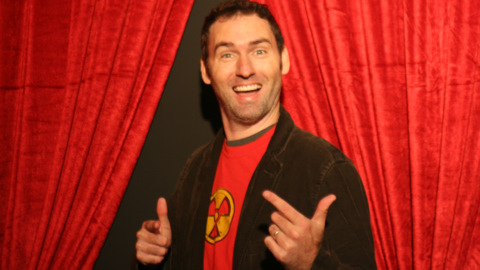Critical Force Entertainment Ltd is a new game development studio founded in Kajaani, Finland. The studio created Critical Missions: SWAT, a first-person shooter available for iOS, Andriod (released under Studio OnMars) and playable on Kongregate. The company focuses on developing premium and free-to-play crossplatform games with a special focus on the Asian market. So far, the company is self-funded, but investors are welcome.
Veli-Pekka Piirainen is CEO and founder of Critical Force Entertainment Ltd. He is a former studio manager of Supercell North as well as a lecturer and head of Kajak Game Development Lab. Piirainen is also co-founder of NMP Games Ltd.
A student’s hobby project
In December 2011, I hired Igor Levochkin – one of the students at a school I taught at – as a programmer in my new startup company after following his work for the past two years. Igor and I would make games for the Apple AppStore, and we started making a prototype of a game called BomberBall. At the same time, Igor put his hobby game project in Kongregate. Early January 2012, Igor showed me that there were hundreds of players playing his hobby project game, but I didn’t pay much attention to it. I just thought it could be a good marketing channel for our iOS game.
However, at the end of January 2012, there were a couple of thousand players playing it and I started to get more interested in it. I gave Igor a Sony Xperia Play phone and told him to port the game to that device. Igor managed to have it up and running in a matter of days. Next, I told Igor to port the game to iOS; this was bit more difficult since he was not familiar with Mac and Xcode. After a week, the game was also running on iOS. Now I really started to see some potential in the game. Despite all this work on Igor’s project, we also continued to develop BomberBall because I wanted to have a good prototype for the GDC in San Francisco. I demonstrated both prototypes at the GDC and Igor’s project, Critical Strike Portable, gained more interest from the public. After that trip, we decided to concentrate fully on Critical Strike Portable.
Keeping up with high popularity
Igor started fulltime development on Critical Strike Portable by adding new weapons and features. I still worked part time at the university and couldn’t fully concentrate on the game development. I trusted Igor and also a team of Russian volunteers, who supported us in the growth of the user community as well as map creation. Another important task was to make a proper and more user friendly User Interface (UI) for the game. Unfortunately, Unity 3D’s tools for this job were pretty limited and we didn’t have any artist or UI specialist in our team to design a nice, good-looking and functional UI. So Igor made a “coder-style” UI with many different settings and options inspired by Counter Strike style menus. That UI was easy to use with a mouse, but for mobile phones with touch screens, we needed a different kind of UI.
Because I was inexperienced in game marketing, I hired Teemu Riikonen in April 2012 to lead the studio as well as take care of publishing and marketing of the game. Our next employee was Thanabodi Thongchat, a 2D artist from Thailand. She started designing backgrounds and UI graphics for the game in June 2012. Igor implemented more and more features to the game like new game modes, zombies, graphical effects, as well as fixing bugs. We released new versions on Kongregate weekly and got feedback from players on how to improve the game. At the end of June 2012, we had nearly 30,000 daily average users playing the web version of our game, but we were still growing.
On June 26th, we released a free Android version of our game with exactly the same UI and almost the same features as the web version. Even though it was not so easy to use and the menu elements were pretty small on a phone screen, its popularity surprised us. We got over 1 million downloads in one month.
But the problem was that many players didn’t continue the game after their first try. Only hardcore players did so. We decided to create a totally different and simpler UI for mobile devices, because the current quality was not good enough for Apple’s AppStore to sell it as a premium game.
At the end of August 2012, two game development students, Olli Lahtinen and Aapo Lehikoinen, started their internship in my company. They started to build a totally new UI, added new controls for the iOS version of the game with a new NGUI toolkit we bought from the Unity Asset Store and started to design new maps for the game with Hammer editor. We also needed new character models, guns and animations for the iOS version. Modeling and animations were outsourced to freelancers in Thailand and our Thai artist was leading that work. Unfortunately, the quality was poor and delivery was very late. After that, all animations were outsourced to two Finnish startup game studios and for the modeling of guns, I hired another student.
Unfortunately, we had to remake all maps done with the Hammer editor (16 total), because our lawyer said we probably weren’t allowed to use that tool, since it’s licensing agreement is not clear enough. Our lawyer also recommended us to change the name of the game from Critical Strike Portable to something else, because that name reminds too much of Valve’s Counter Strike (Critical Missions: SWAT was born then). Our original plan was to release the iOS version in the end of September, but it was released in the end of November due to these difficulties. A new Android version was released just before Christmas, a Lite version in the beginning of January 2013 and the Mac version is in the review process as of this writing.
At the end of the year, the amount of our players had increased dramatically. We had almost 200,000 daily players on the web and over 100,000 daily players on mobile devices, but all were playing our free versions. Monetizing with premium version seemed to be much more difficult than we thought it would be. The iOS market is very competitive and full of games, so getting visibility is very hard. We also had bad luck with a very important review, because the reviewer didn’t like our controls at all (many other not so significant reviewers did like them, however). Because of this, we didn’t start to get income fast but our server costs rose dramatically due to the massive amount of users. We also had some trouble with one specific server provider, who just calmly cut off the lines to our map server without any warning due to dramatically risen network traffic.
Looking back
Our biggest mistake was to save money in wrong places and get low quality from our international freelancers. We trusted our own artist’s capabilities to handle leading of the outsourcing, but she was too inexperienced for that. Of course, rates a quarter of the price compared to local studios were very attractive, but then the harsh reality revealed we had to do everything over again after that miserable trial period. It would have been wiser to use more professional outsourcing studios in the very beginning.
Our second mistake was not to solely focus on Critical Strike in the very beginning, but to also make the BomberBall prototype. Something else I would change was not to have a tighter management; everything went forward more or less without proper planning and scheduling. A fourth mistake was not to take a professional publisher to publish the premium iOS version. We thought it would be easy to self publish, because we had such great success with the free Android version, but we were wrong. A last mistake was not to pay enough attention to the server capacity, but that was more or less because of our inexperience with servers and also our idea to save money.
The team is currently working on a new game, called Critical Missions: Space. It has the same nostalgic fast paced FPS gaming experience as Critical Missions: SWAT, with the addition of space rangers, space pirates, laser guns, aliens, space themed maps and more.
Next to that, they keep adding more to Critical Missions: SWAT. They’ve scheduled new guns, characters and maps as well as unlockable content for the next update of their very popular shooter.

